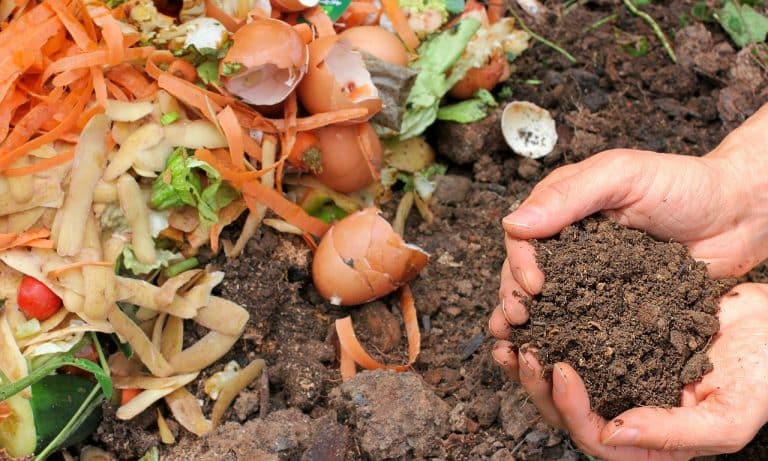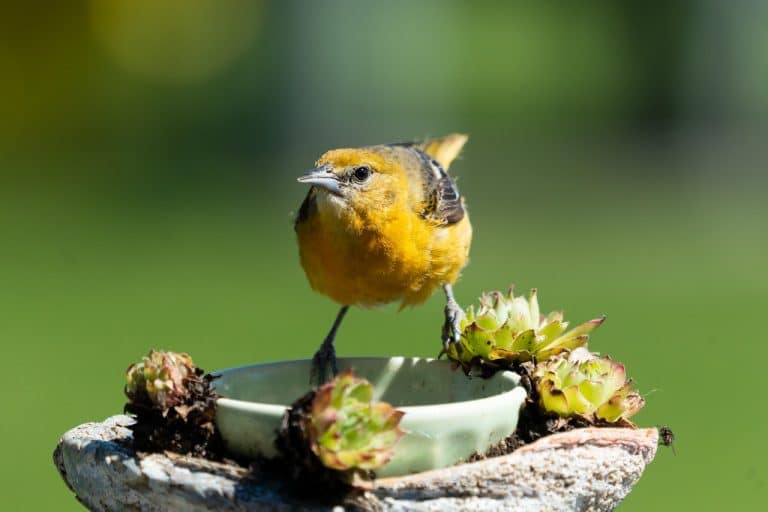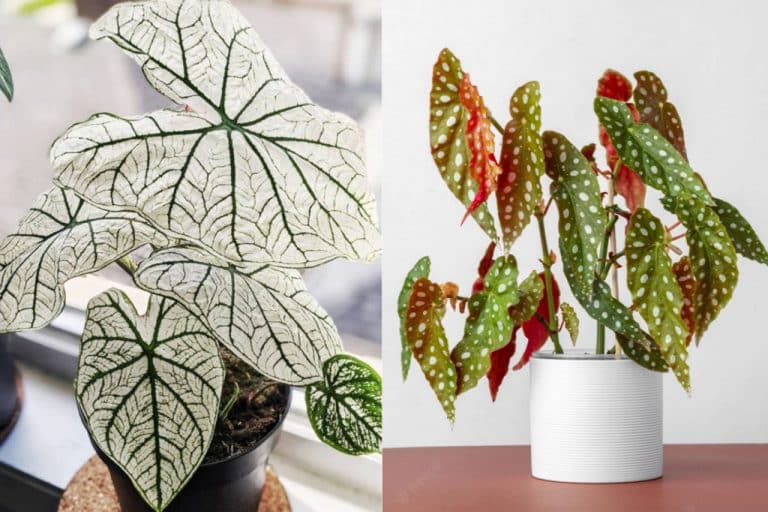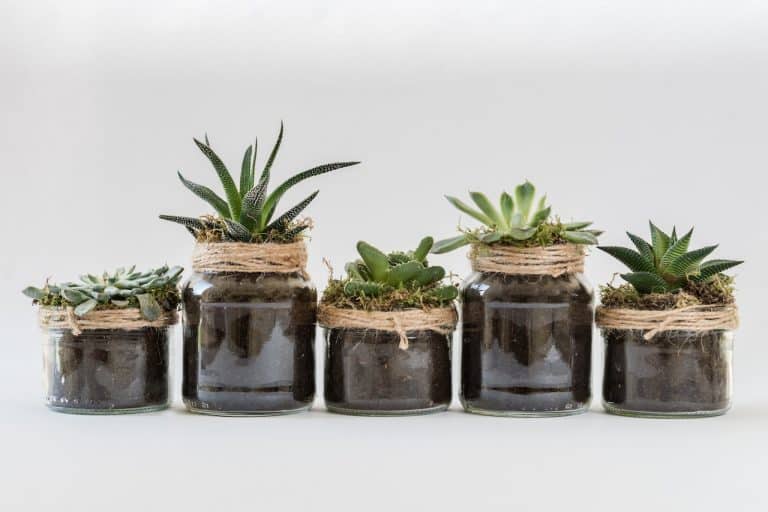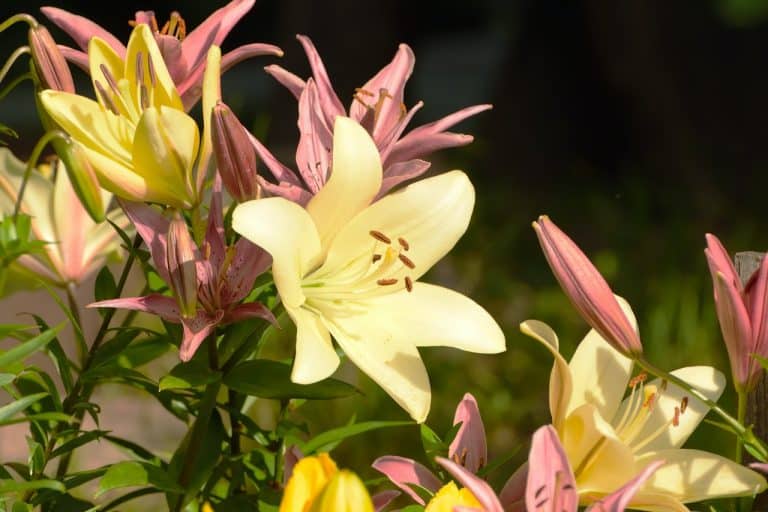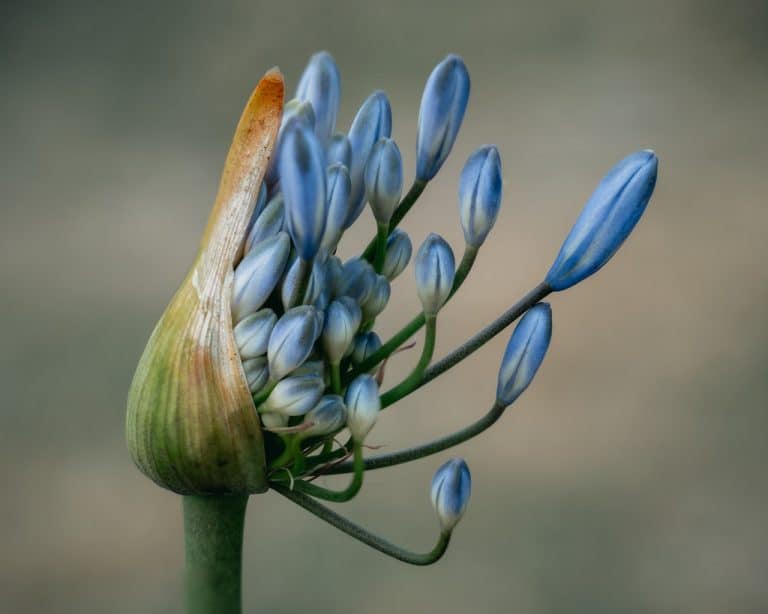Tillandsia – air plant that does not need soil
Tillandsia is a genus of plants from the Bromeliaceae family, which today has over 600 different species. These interesting and special plants are also known as air plants.
In this article, we will discover why Tillandsias are called “air plants”, how they grow and the basics care for these unique plants.
Read more: Getting to Know Eight Beautiful Bromeliads
Most species have tubular to funnel-shaped flowers consisting of three lobes and three petals expanded at the tip. The flowers bloom along aggressively colored flower bracts (flowering leaves), open during the day, and bloom in spring or autumn. The flowers can be single, and more often they are found in two or more opposite rows, forming small complex inflorescences.
Tillandsias grow in nature as epiphytes (on trees and other plants) and develop almost no roots. That is why a large number of Tillandsias do not require soil for growth and development. Tillandsias, unlike other indoor plants, draw the necessary nutrients from the air around them and with water which we use to water them.
That’s why Tillandsias are called air plants.
Trichomes enable Tillandsias to draw the necessary nutrients from the air around them and from the water that we use to water the plant. Trichomes are found on the surface of the plant and look like white hairs. They allow the plant to absorb and retain moisture and nutrients from the air. The more trichomes a plant has (which is why it will look grayer than others), the more it can tolerate higher temperatures and stronger lighting.
Another interesting thing about Tillandsia is flowering. Tillandsias bloom only once in their lifetime, after which they begin to die. However, the plant will develop a new small Tillandsia after flowering. Once the new sprout has grown enough, it can separate from the mother plant and continue its life on its own. But you can also let the sprout go because in time you will get a ball that looks nice.
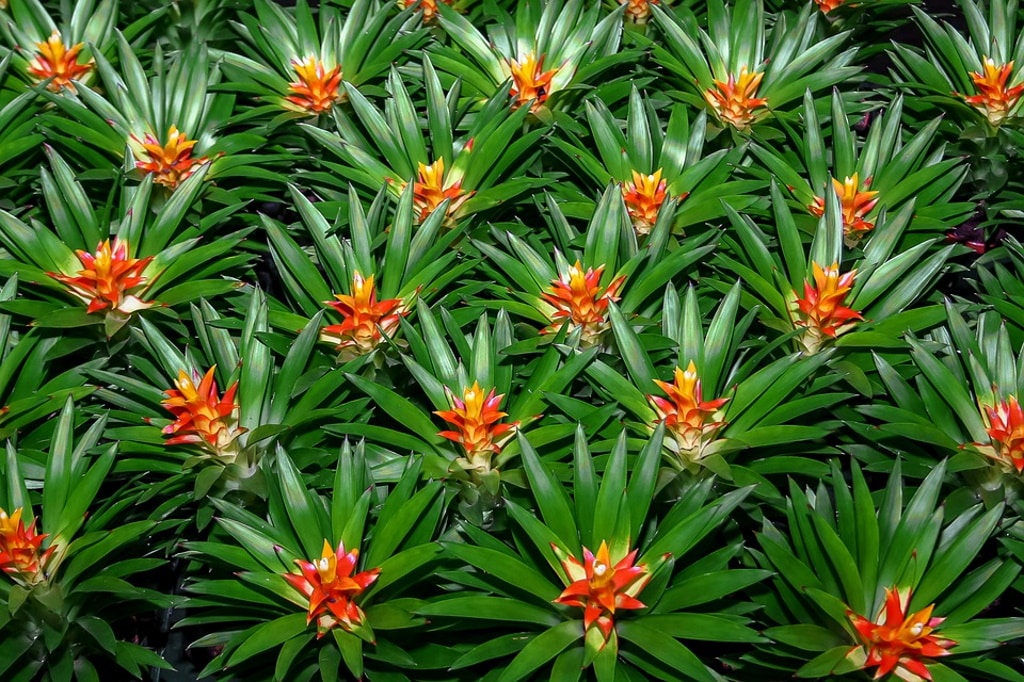
Air plants – Lighting
The ideal lighting for Tillandsias is strong indirect lighting, such as that coming through east, south or west facing windows. It is important to take care to protect your Tillandsias from strong direct sunlight coming through south-facing windows – especially during the summer months – as they can damage them.
As Tillandsias can be kept outside on the balcony or terrace from spring to autumn, be sure to pay attention not to expose them to strong sunlight. Although strong indirect lighting is ideal, Tillandsias can also live in medium lighting. For example a few meters away from a well-lit window. It is important to provide them with several hours of good lighting on a daily basis.
Watering air plants
Don’t let the name “air plant” fool you into thinking they don’t need water. Like other plants, they also need to be watered. A general rule of thumb for watering Tillandsia is once a week. This is only a general rule and should not be followed. In some cases, for example in the summer months (especially if the plants are outside at that time), it is possible that there will be a need for more frequent watering.
In winter, those “every week” may be extended to 10 to 14 days. With indoor plants, in addition to the appearance of the plant, the very substrate in which they are planted can help a lot to determine whether it is necessary to water the plant or not.
With air plants, we have to rely primarily on the appearance of the plant. When the plant is thirsty, it will begin to curl its leaves slightly upwards. In advanced cases of dehydration, depressions will also appear along the leaves, which will be a decisive indicator that it is high time to water your air plant. Also, with some species of Tillandsia, you will feel the leaves lose their firmness.
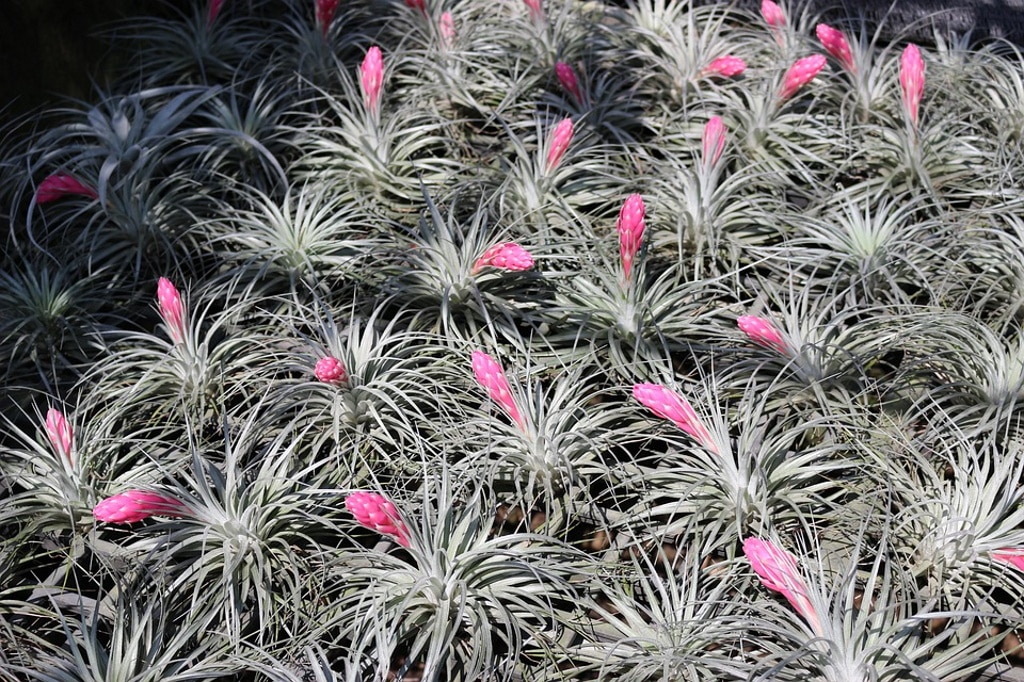
How to water air plants?
Watering Tillandsia is certainly different from watering other houseplants. In this case, we use the method of “immersion” or soaking the plant in water. In this way, we enable the plant to absorb the sufficient amount of water it needs for further growth.
It is important to use lukewarm filtered or settled water, and it would be ideal to use rainwater. Watering air plants is actually a lot of fun. All you have to do is fill a container with water, add air plants to the bath and leave them to bathe for 20-30 minutes.
The next step is extremely important – and that is to let the plants drain of excess water. When the plants are finished bathing, gently shake them to get rid of excess water. Then turn the plant “upside down” in order to squeeze out all the excess water that has remained between the leaves. Allow the plant to dry for several hours with good air circulation.
This drying process is an important step after watering, because if this excess remains trapped in the crown of the plant, it will very easily cause rotting, due to which we can lose the whole plant. That’s why drying and good air circulation are key to the health of air plants. Once the plant has dried, you can put it back in its place.
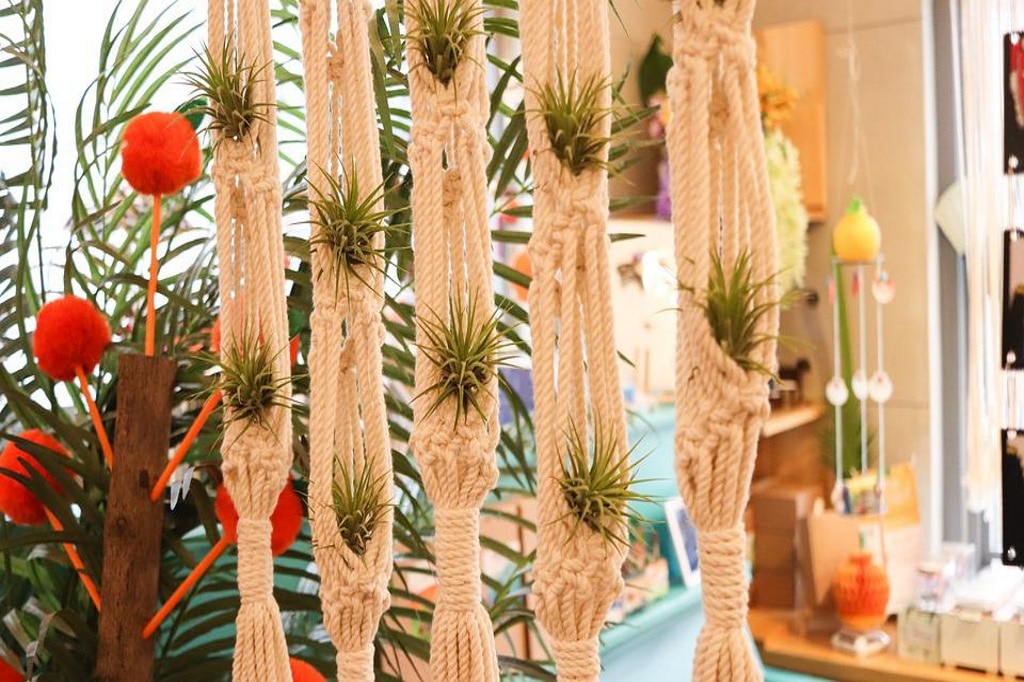
Aerial plants – fertilization
Air plants also require occasional fertilization. The process here is also a little different than with other indoor plants, but it is not complicated.
You can fertilize air plants in two ways. You can spray them with fertilizer or once a month add a little fertilizer to the water for watering (that is, soaking).
There are specific fertilizers for air plants that you can use, and you can also use an all-purpose fertilizer for houseplants. However, if you use a universal fertilizer, there are several things you should pay attention to:
- dilute it further – use 1/4 of the recommended fertilizer
- make sure that the fertilizer does not contain copper and zinc – because these micronutrients are toxic to Tillandsias
Are air plants poisonous?
Tillandsias are not toxic to pets. However, as they have attractive leaves to nibble on, it is best to keep them out of the rest of curious pets.


